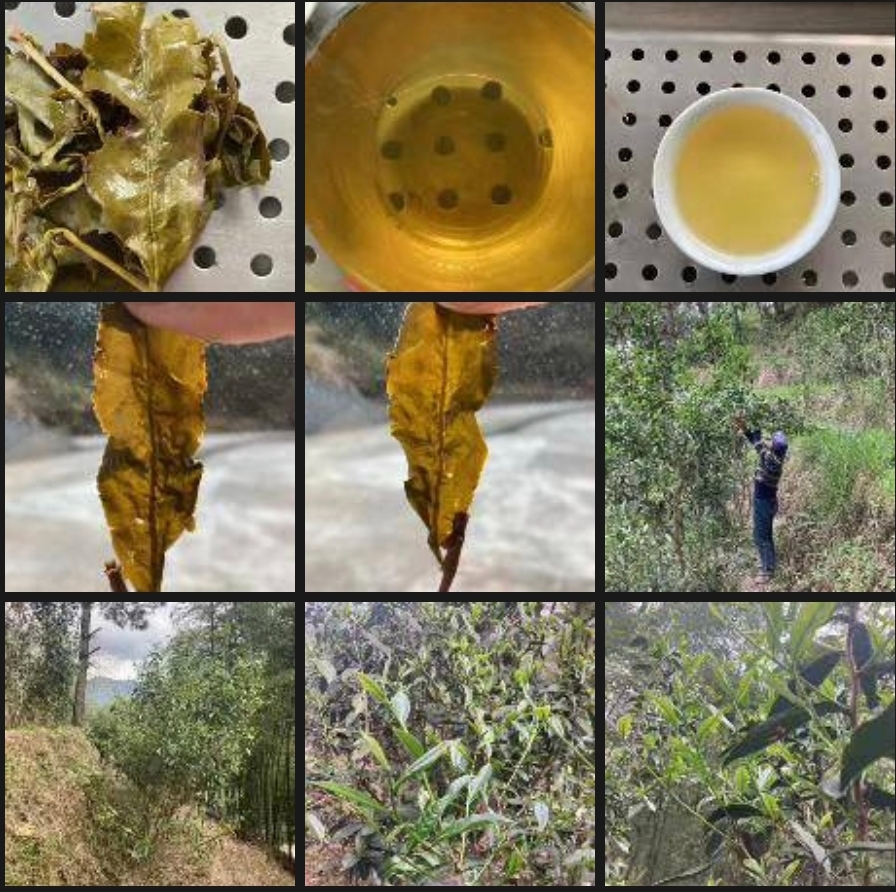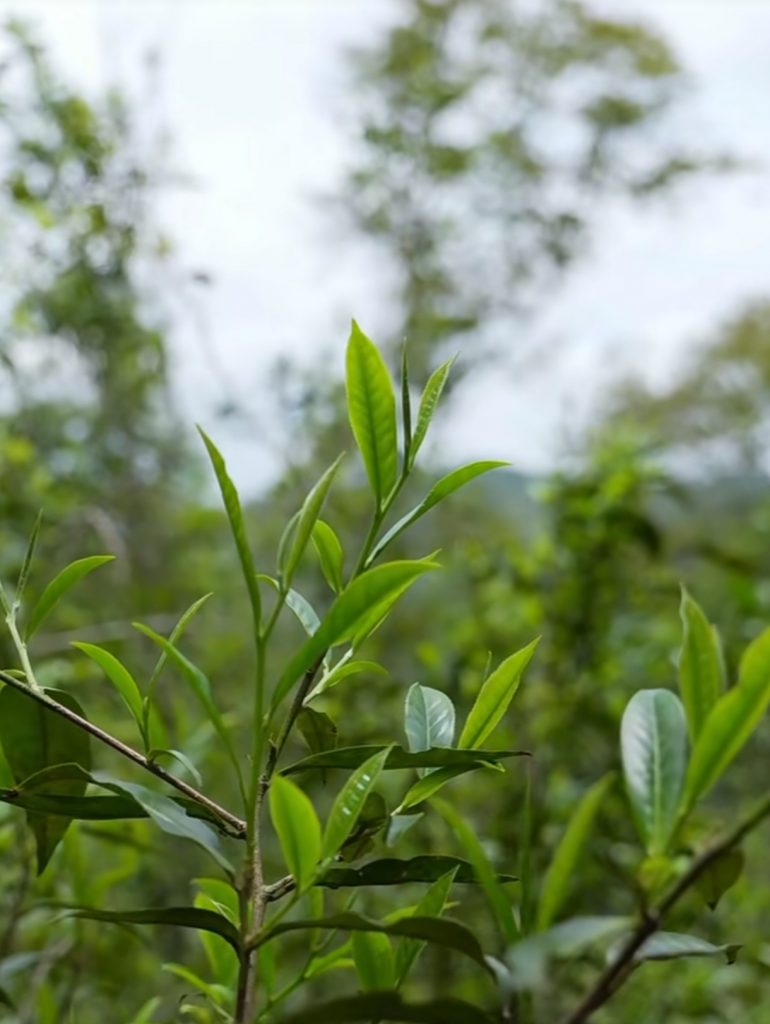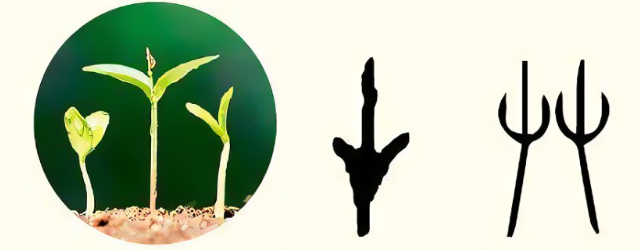According to the latest Chinese botanic encyclopedia, there are 76 different tea tree cultivars have been identified as ‘suitable’ tea tree cultivar to produce Oolong tea, and MeiZhan is one of it.
Mei Zhan tea tree is also known as Gaojiao oolong tea tree, asecual growing and normally is bush type of mid-sized leaves tea tree. According to the legend in Fujian, Mei Zhan tea tree was found in about 1821. It’s named as Mei Zhan because of floral aroma which is very similar to wintersweet plum flowers.
Mei Zhan tea tree is same as Shui Xian , a small tree spices, which is suitable to make Oolong tea because of its unique aroma profile and flavors and richness in the taste, but it can only be made in black tea or even stir-fried green tea.

KP is one very special friend who I know for nearly 30 years he devotes his life to ‘clear and natural organic’ quality Oolong and share the same compassion as I on following the traditional production to ensure the quality in flavors and taste and engages in nature education.

The Mei Zhan Oolong that we recommend is an ECO quality traditional Oolong from KP Natural farming at LongYan in FuJian. When KP first took over the tea garden, there were TieGuanYin and MeiZhan tea trees have already left abandoned without care for 7-8 years in 2009 and it took him two years to clean the ground and started to plant more tea trees in 2011; at the first he made his own composes and then adapts the natural farming principles completely.
Tea trees are great survivor with very delicated requirements for the growing conditions and the nature farming environment can be in mass; the forestry beauty exists in the surrounding. According to the botanic encyclopedia, Mei Zhan tea tree is a early sprout variety and can grow upto 1.6M, but in the KP’s natural tea farm, the height of some Mei Zhan has reached >2.0m and one time picking normally happened in the early May.
According to KP, tea trees need to have sufficient rest after picking, so he only manages the picking once a year that limits the yearly harvest quantity. For him, protecting the harmony in Nature and ensuring the traditional quality are more important than the quantity he can sell.

After the mid-fermentation (25%-50%) process, KP’s Mei Zhan Oolong will be further roasted repeatedly by a Fire Master
What can attract you from the traditional ECO Oolong is not just its profound fragrance and refined taste but also the strength in flavors and taste.








 Chine
Chine


